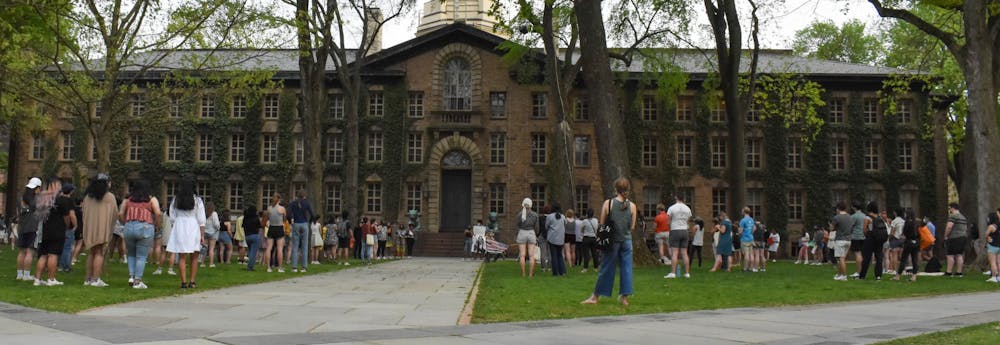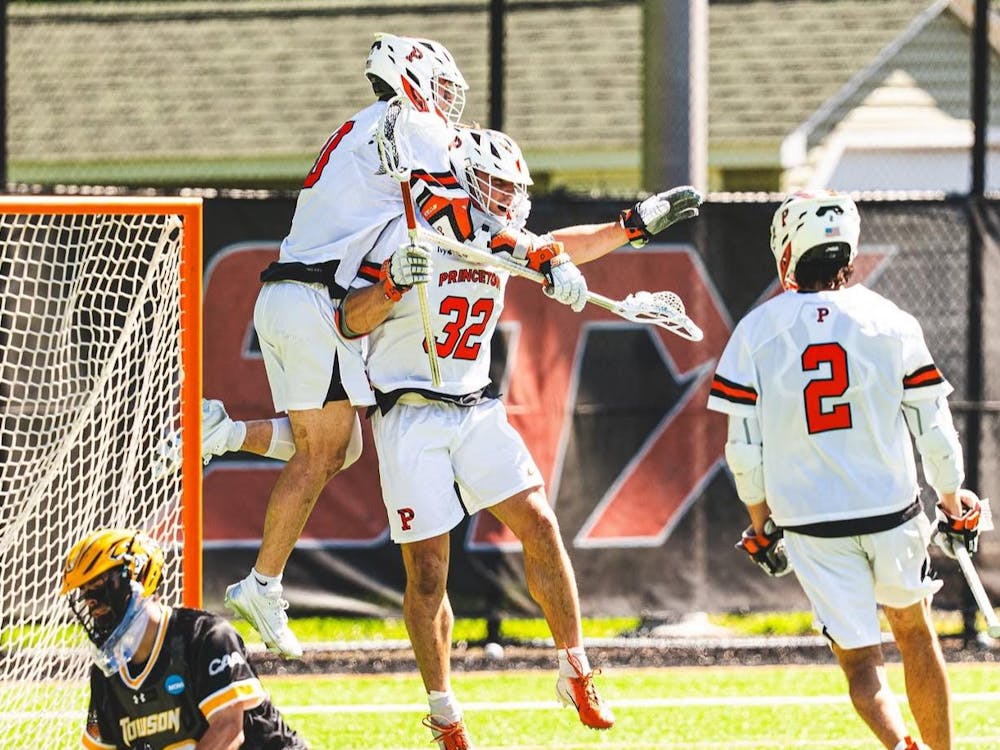On Aug. 31, the University received a 56-page report detailing the nature of its involvement in the handling of the remains of victims of the 1985 MOVE bombing.
The University appointed Ballard Spahr LLP, an outside counsel, to investigate the University’s role in the mistreatment of the physical remains of members of the Africa family in the bombing of the MOVE organization by Philadelphia’s police department.
In April 2021, The Daily Princetonian reported on the University’s response to a piece from a Philadelphia newspaper that revealed that the remains of the MOVE bombing victims were housed in the University of Pennsylvania museum and were in the custody of Professor Emeritus of Anthropology Alan Mann and former visiting professor Janet Monge.
The bombing occurred on May 13, 1985, when the Philadelphia Police Department bombed a residential building occupied by MOVE, a predominantly Black communal organization founded in 1972 that promoted naturalistic living and protested police brutality. The radical lifestyle embraced by MOVE members was criticized by some in the community, and tensions with police escalated dramatically throughout the 1970s.
As a result of the 1985 bombing, 11 people were killed, including five children, and over 60 homes were burned to the ground.
Amid controversy and backlash from students, University President Christopher L. Eisgruber ’83 announced the University would undergo a “fact-finding effort” to uncover the nature of the University’s role in handling the remains.
The outside counsel’s report, among many other key takeaways, found that the remains of the MOVE bombing victims were never held in storage on Princeton’s campus, that then-professors Mann and Monge never consulted any of the families of the MOVE bombing victims regarding the use of the remains in their classes, and that Princeton did not have any concrete policies governing ethical usage of human remains by faculty in Princeton’s teaching, research, and premises.
Even though the remains were never stored at the University, the remains were used and displayed in two Princeton courses. One was an in-person graduate-level course, ANT 522A: Topics in Theory and Practice, taught in 2015 by Mann, Monge, and Professor Carolyn Rouse, current head of the Anthropology department. The other was a recorded undergraduate Coursera course, ANT 309: Forensic Anthropology and Urban Bodies, which was taught by Monge and Jeffrey Himpele in the fall of 2019.
According to the Ballard Spahr report, Rouse was unaware of her colleagues’ use of the remains in the earlier course.
“Dr. Rouse was not present the day that Dr. Monge used the MOVE Victim Remains, and did not know that they would be – or had been – used. Drs. Mann and Monge do not recall whether Dr. Mann was present,” according to the report.
The video for the online course was filmed at the Penn Museum, and the remains were not brought to Princeton for use in the course. The remains, which included a femur and pelvic fragments, were first given to Mann in 1986 by the Philadelphia Medical Examiner’s office to identify the victim. After the remains were released to Mann, they were stored at the Penn Museum.
However, the remains were also brought to Princeton’s campus on several occasions between 2001 and 2015 by Monge. When brought to campus, the remains were used in the Department of Anthropology’s laboratory as experts sought to continue efforts to identify the remains.

The report states that Mann and Monge “believed they had no duty to return the MOVE victim remains to the Medical Examiner’s Office until they successfully identified them.”
Over the 35 years that Mann and Monge were in the possession of the remains, they never sought further direction or oversight for the remains. The Africa family first learned about the remains being in the custody of Mann and Monge from an op-ed published in the Philadelphia Inquirer on April 21, 2021.
The remains were also kept at Mann’s private residence for 12 days following initial questioning on the subject from journalists in April 2021, at the discretion of a Penn Museum official, where they were later retrieved by Terry Funeral Home.
In reaching the conclusions made in the report, the counsel interviewed 23 individuals including Mann, Monge, Princeton University’s Anthropology Department members, MOVE members, and members of the Africa family. The report also reviewed, among many other documents, the Coursera videos, more than 2,500 Princeton emails relating to the remains of the bombing, and 230 pages of documents about the remains of the bombing provided by Monge.
Mann was tasked with handling some of the human remains from the bombing, and he enlisted the help of his then-doctoral student Monge.
Reporting done in April by the ‘Prince’ found that Mann retired in 2015. According to University Spokesperson Michael Hotchkiss, Monge has not been affiliated with the University since 2020.
Monge declined to provide comment to the ‘Prince’.
In a statement to the ‘Prince’, Hotchkiss discussed the University’s plans to implement some of the recommendations from the report.
“The University has already undertaken a number of steps that are in alignment with the report’s recommendations,” he wrote.
“A University working group is considering Princeton’s policies and protocols for ownership and use of human remains for research and scholarly purposes and is developing recommendations for the University,” he added.
Hotchkiss also cited the Department of Anthropology's new policy on the use of human remains in the research department.
The policy, released last spring, outlined that the department “is not in possession of, and has no plans to create, a human osteological collection or to acquire human remains in any form.”
The University of Pennsylvania received a similar report in late August, authored by the Tucker Law Group. This report involved “interviewing more than 40 people, including members of MOVE; current and former Museum employees, Penn faculty, students, and alumni, elected officials, anthropologists, and community members,” as well as reviewing other previous records and reports.
Associate News Editor Marissa Michaels and Assistant News Editors Katherine Dailey and Kalena Blake contributed reporting to this piece.
Editor’s Note: A previous version of this article stated that Dr. Carolyn Rouse was neither present nor aware of the use of the remains on the day in which Dr. Alan Mann used them in ANT 522A. The article has been corrected to note that Rouse was not there when Dr. Janet Monge used the MOVE remains in the course and neither Mann nor Monge remember if Mann was present.
Sam Pathak is a staff writer who has covered University administrative affairs and eating clubs. He can be reached at srpathak@princeton.edu.








